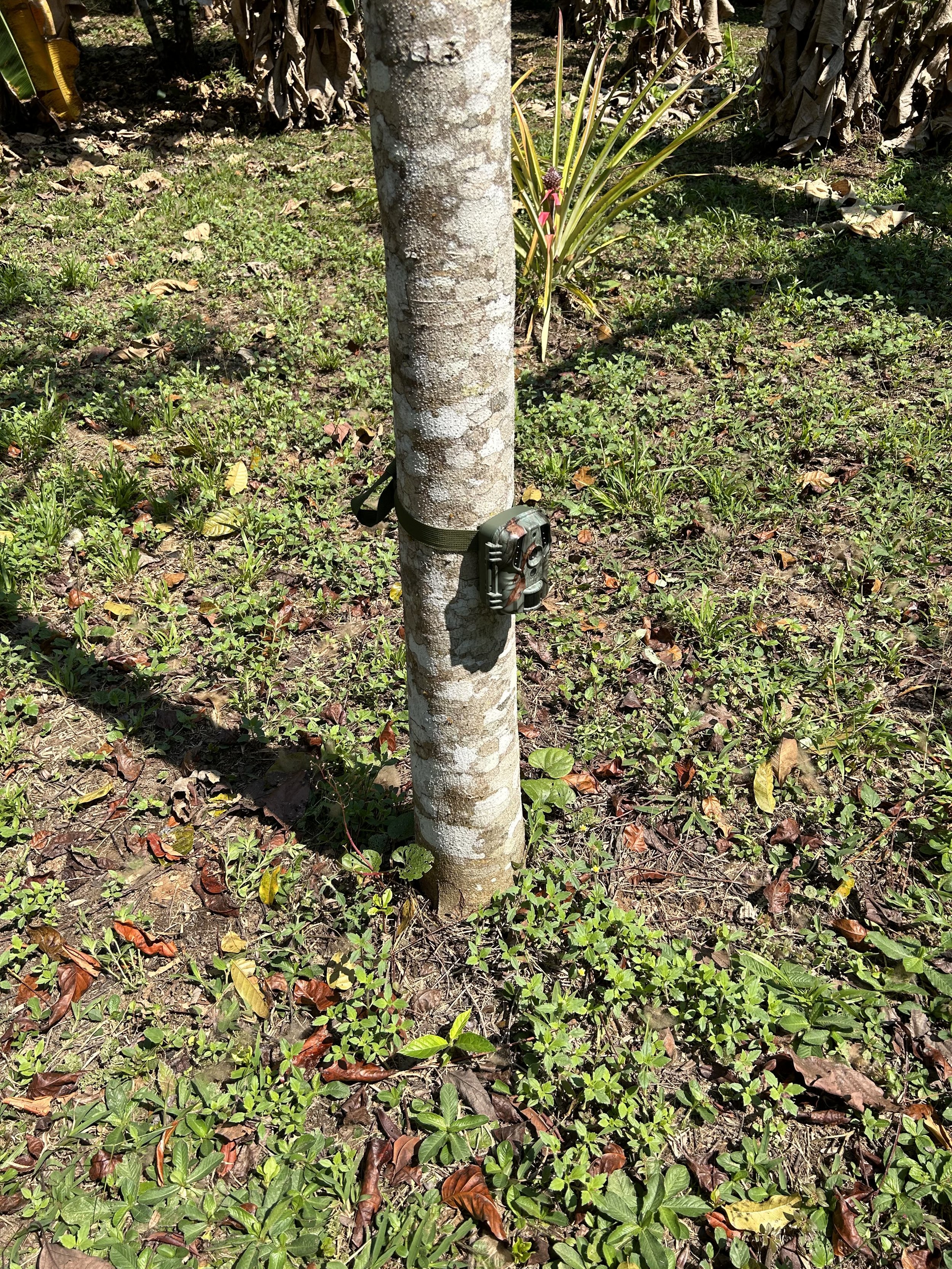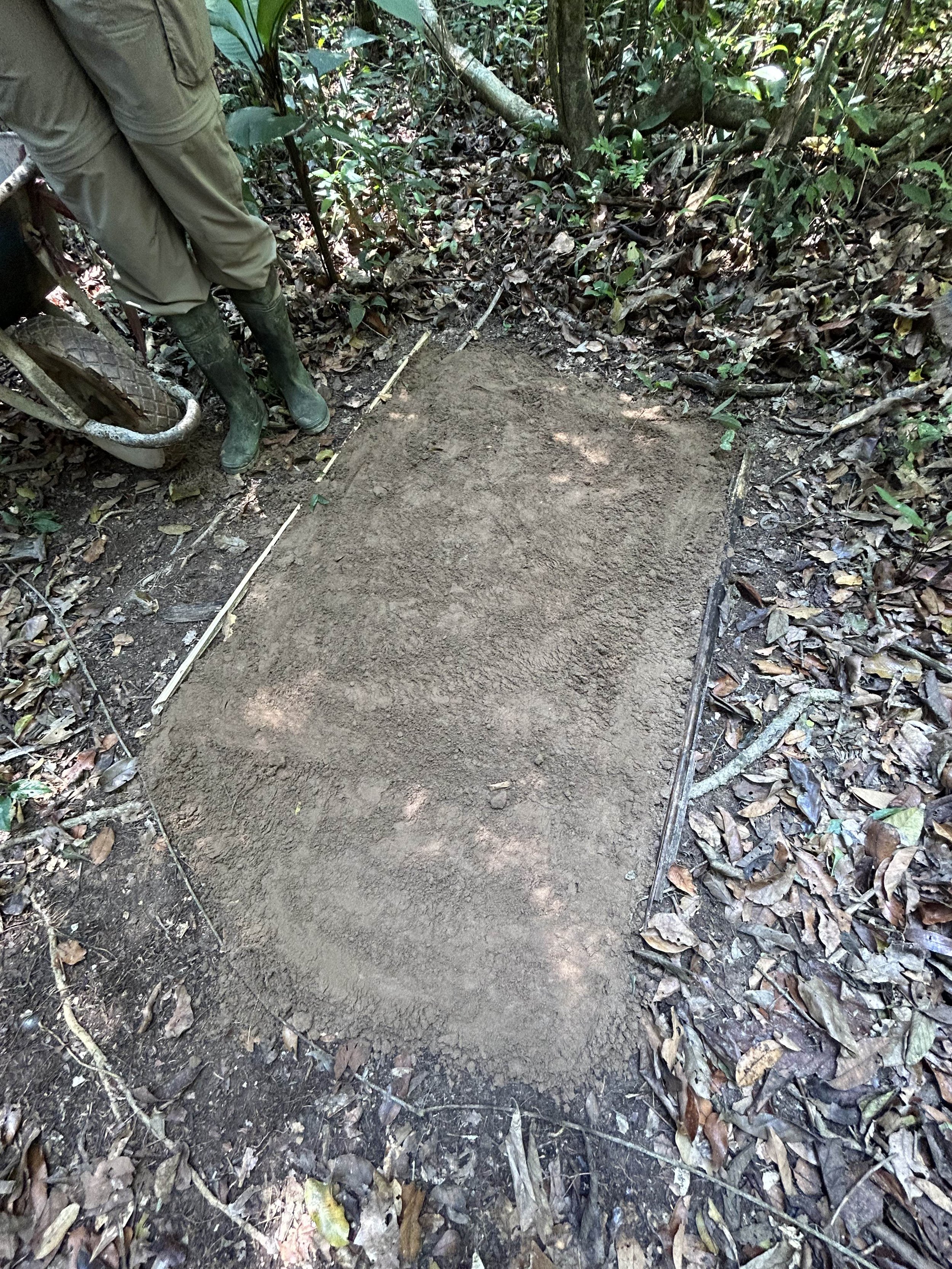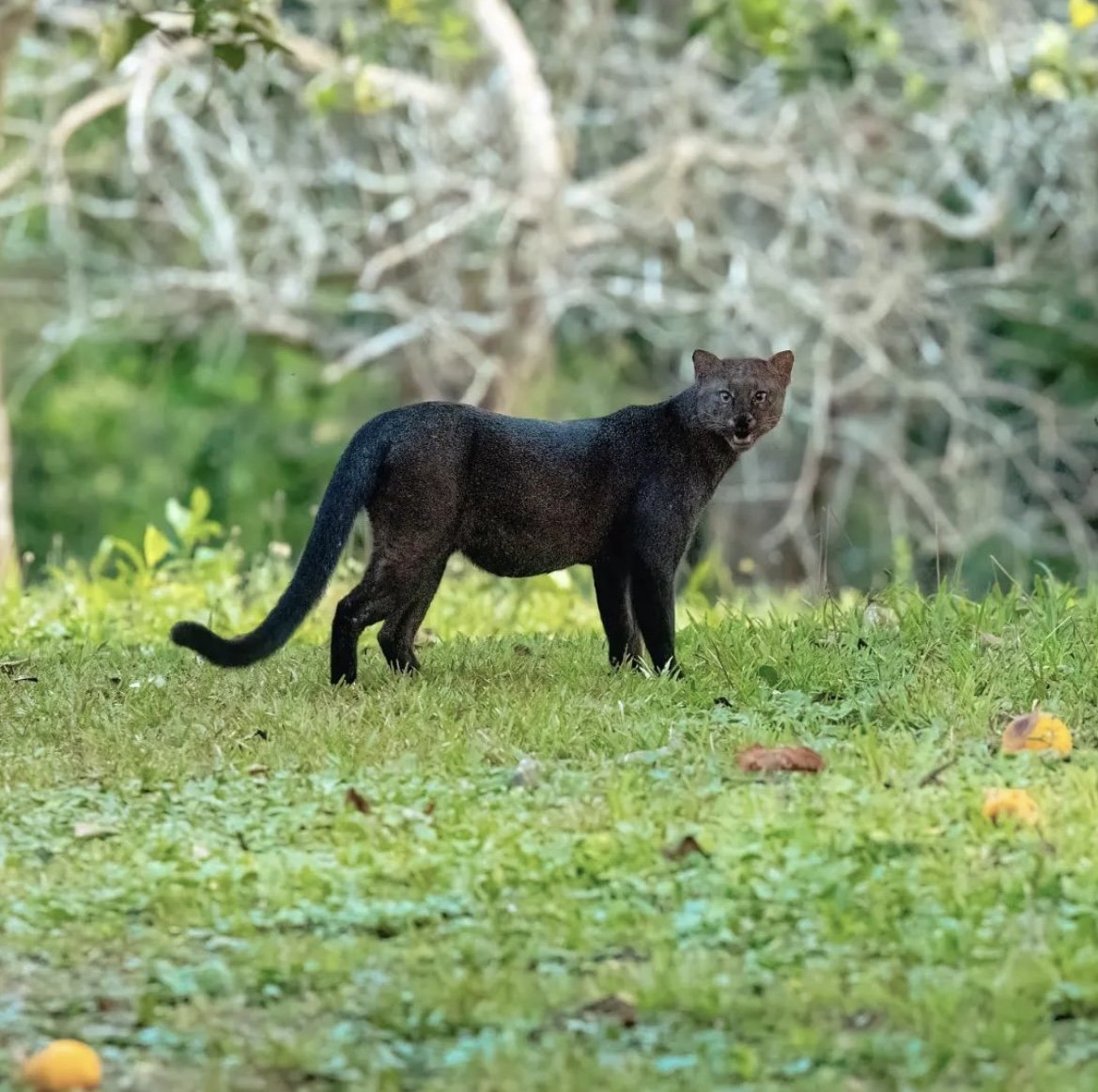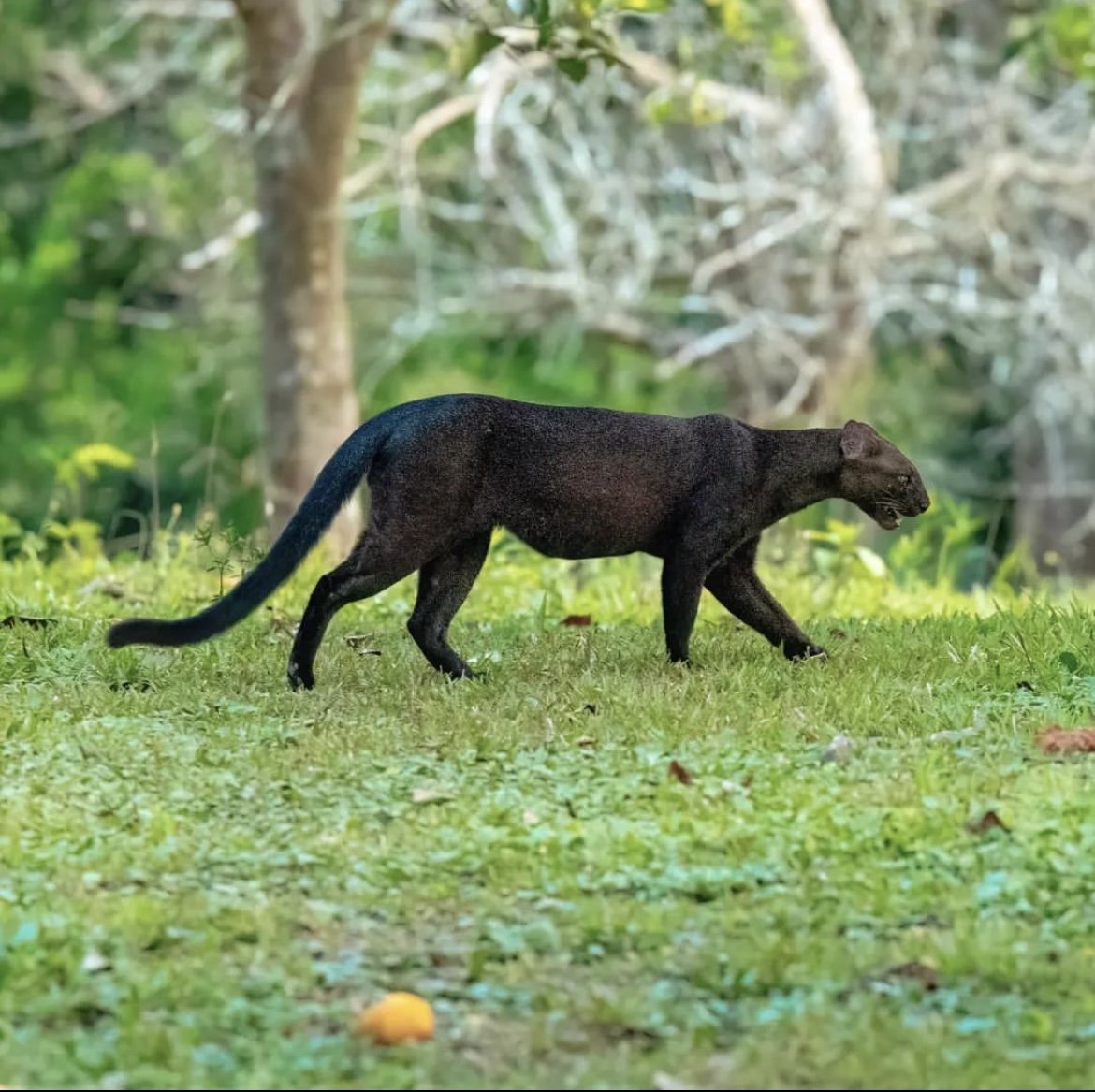The Effects of Agroforestry on Mammal Biodiversity in the Amazon Rainforest
By Kayce Hsueh, Marine Biology and Environmental Science ‘25
This summer I embarked on UW Bothell’s Amazon to Andes: Biodiversity, Conservation, and Sustainability program in southeastern Peru. We began our journey in the Madre de Dios Amazon Basin, about twenty minutes away from the city of Puerto Maldonado. The 90-degree days and 90% humidity were unlike anything I had experienced before. We stayed at Hacienda Herrera, a local ecolodge along the Madre de Dios river encountering an immense amount of tropical flora and fauna including strangler figs, bullet ants, philodendrons, and even frogs in our toilet bowls.
My project focused on assessing how human development can alter mammal species composition by comparing the species richness and abundance of mammals in secondary forest locations to agroforestry sites, also locally known as chacras. Current research suggests that agroforestry does not significantly change species composition if sites are managed to maintain a mosaic of forest structure.
At Hacienda Herrera, the chacra sites were developed experimentally with three distinct sections of citrus, banana, and cacao, with the secondary forest located further behind. We began with a tour of the chacras and forest led by local guides and assessed trail and game intersections for optimal mammal detection. Setting up cameras and sand traps required us to wheelbarrow sand a mile up from the river to our designated locations to capture mammal tracks adjacent to our cameras.
I began my mornings at 5am, seeking to catch a glimpse of a brown agouti, find tapir tracks, or hear a group of monkeys in the canopy as additional observations for our study, but the mammals were often hidden. It wasn’t until the last two days that my group encountered three brown agoutis, two southern red-tailed squirrels, and a group of saddleback tamarin monkeys in the secondary forest. Earlier on, a colleague even spotted a jaguarundi in the citrus chacra — an unexpected site for this feline.
At the end of our project, we discovered that our camera traps malfunctioned and we were left with only mammal tracks. Although we conducted a short research project, experiencing the conditions and processes of setting up a research project in the Amazon has made me greatly appreciate the people who work to understand human impacts on the mammals found here. Though our results were inconclusive, the long-term camera trapping done at Hacienda Herrera by Centro de Educación, Ciencia y Conservación Tambopata (CECCOT) can assess the comprehensive differences of mammal biodiversity across their various land uses.
My time spent in the Amazon allowed me to observe the anthropogenic pressures of cattle ranching, gold mining, and agriculture that threaten a place I have been so lucky to experience this past summer. Conservation efforts against land-use changes for agriculture can be alleviated through intersectional methods that benefit humans and minimally impact wildlife, such as agroforestry. Moving forward, it will require a combination of policy, science, and the work of local community members, researchers, and people like us to protect the Amazon rainforest and its wildlife.




